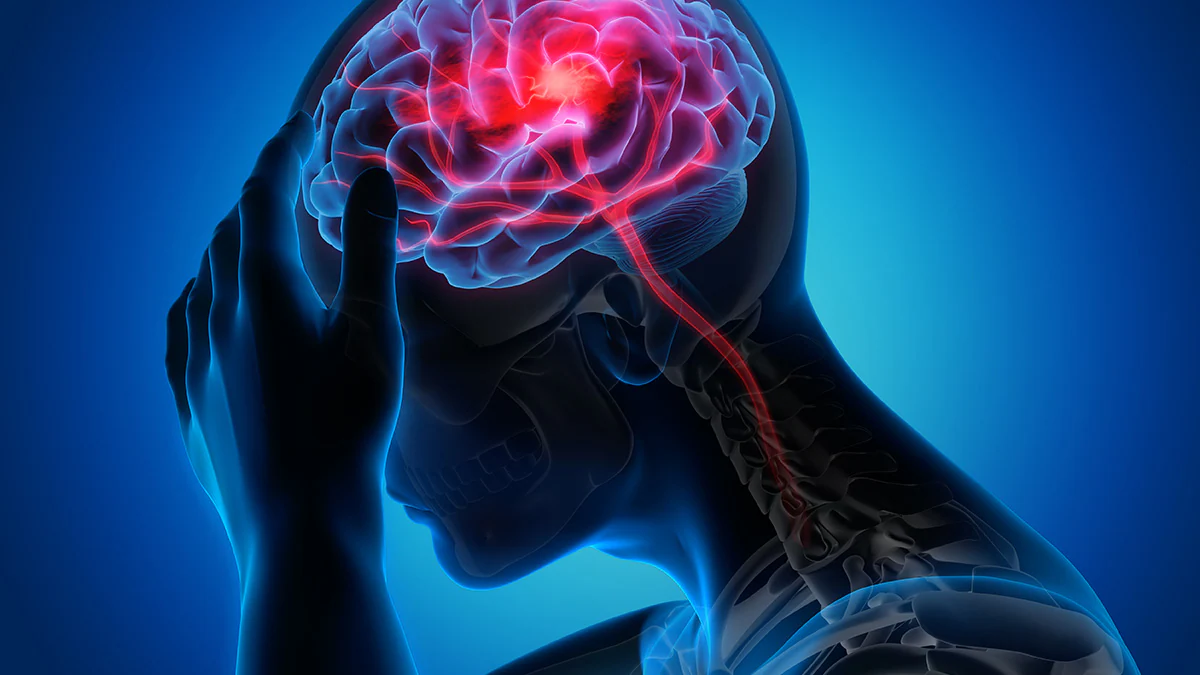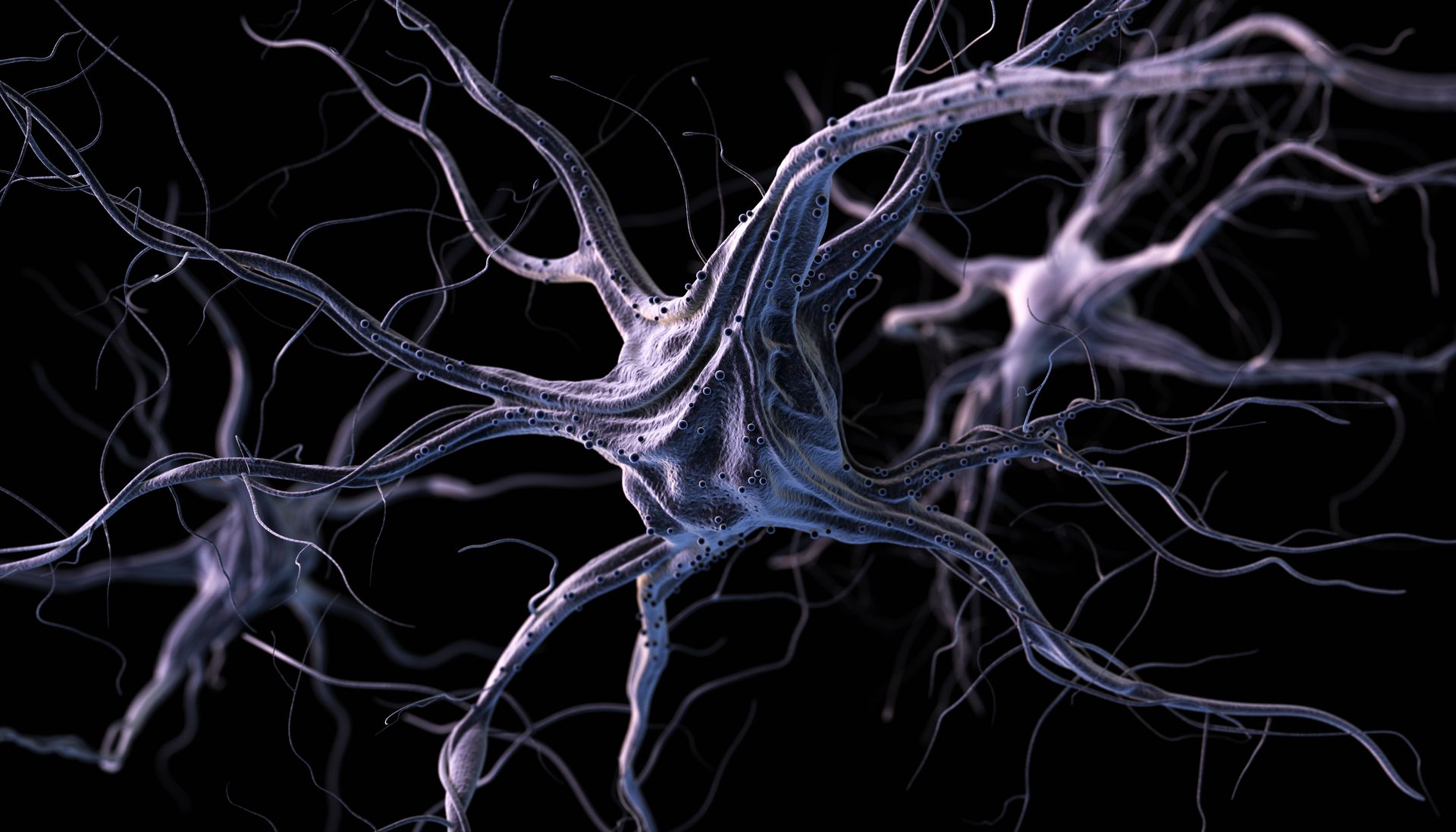Risk Factors for Alzheimer's Disease
Aging
The greatest known risk factor for AD is age. Every five years after the age of 65, the risk of developing AD doubles, and nearly 50% of seniors over the age of 85 will develop AD.
We use transgenic mice producing regulatable levels of human tau, meaning we can turn on and off tau expression. Because we can wait to turn on tau expression until the mice have aged, these unique mice allow us to study the effects of aging independently of prolonged tau expression.
Diabetes
Diabetes is also a risk factor for AD; as more individuals develop diabetes or other metabolic syndromes, the incidence of AD is expected to increase. In addition, many AD patients are comorbid for diabetes, yet preclinical mouse models typically use mice exhibiting only one type of pathology (e.g., AD). Current models do not allow us to determine whether having multiple conditions, such as AD and diabetes, decrease the efficacy of therapeutics or increase in the side effects.

Stroke
Stroke increases the risk of AD and AD increases the risk of stroke.
In collaboration with Dr. Simpkins and the Center for Basic & Translational Stroke Research, we examine :
- existing tau pathology exacerbates stroke outcomes (e.g., infart size and motor deficits).
- stroke exacerbates existing tau pathology and memory deficits in a mouse model of AD.

Neuronal Hyperexcitability
Alzheimer’s disease is a neurodegenerative disorder that targets connected neuronal networks. Effective regulation of activity in these neural networks is essential; over- or under- stimulation can erode synaptic regulation, leading to alterations in learning and memory, and more concerning, neuro-degeneration throughout vulnerable networks.
A particularly interesting phenomenon observed in the years preceding AD diagnosis, before neuronal death occurs, is a hyperactivity of the memory network, particularly the hippocampus.
Therapeutic Interventions
Over the course of Alzheimer’s disease, multiple biochemical pathways are perturbed, and a multiple-target approach is likely to be more effective than a single target approach. Using lenti-miRNAs, we examine the selective knockdown of proteins, particularly within the trisynaptic loop of the hippocampus. We are also examining whether an already FDA-approved drug can ameliorate memory deficits in a mouse model of AD. Our goal is to translate the results from our animal studies into proof-of-concept, open-label clinical trials using patients with mild cognitive impairment (MCI) and mild AD.

Though this hyperactivity was once believed to be a compensatory response for deteriorating circuitry (i.e., greater cognitive effort to achieve comparable performance), more recent evidence suggests this hyperactivity may signify neuronal excitotoxicity and could represent a therapeutic target.
We use a technically innovative approach, microelectrode arrays coupled to voltammetry, to examine alterations in glutamate, the major excitatory neurotransmitter in the brain. Using mouse models of AD, we recently found increased glutamate release in the hippocampus and have identified two possible mechanisms for this alteration.
Prospective Graduate Students
Dr. Reed will be accepting students for Fall 2016 admission to the Ph.D. program in Pharmaceutical Sciences-Pharmacology. Contact Dr. Reed with questions or to let her know that you will be applying Fall 2015 for admission in Fall 2016.
The Auburn University Harrison School of Pharmacy (HSOP) offers interdisciplinary MS and PhD degree programs in Pharmaceutical Sciences. Those pursuing one of these degrees must select one of four curricular options: 1) Medicinal Chemistry
2) Pharmaceutics
3) Pharmacology
4) Health Outcomes Research and Policy.
The Medicinal Chemistry, Pharmaceutics and Pharmacology options are designed for students interested in the drug discovery or development processes, and are affiliated with the Department of Drug Discovery and Development (DDD), of which Dr. Reed is a member. DDD areas of interest include neurodegenerative diseases, cardiovascular diseases, infectious diseases, cancer, diabetes and other metabolic diseases, synthetic organic chemistry, forensic analytical chemistry and drug delivery, disposition and formulation.



